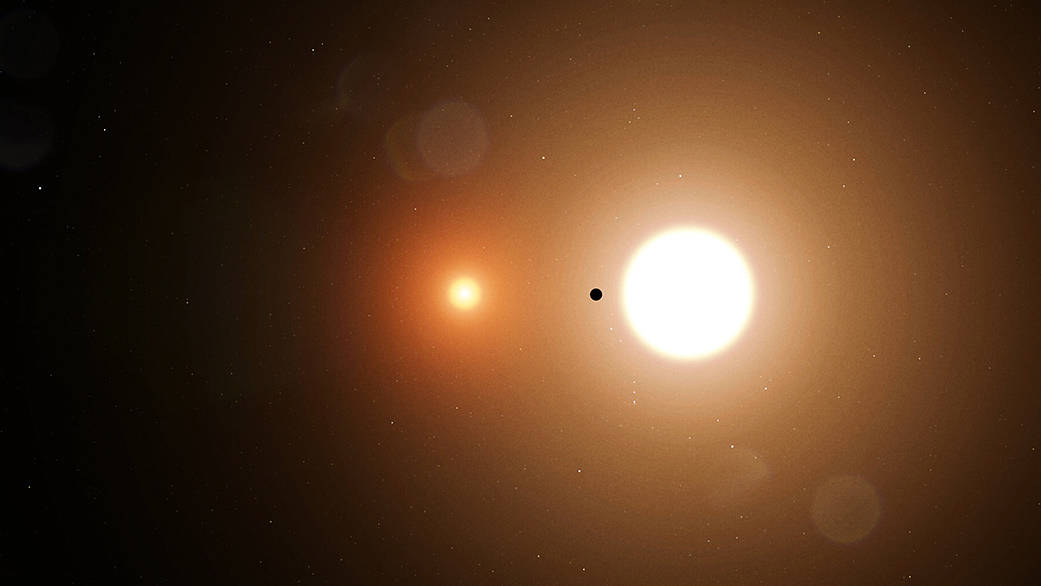Astronomers discover enormous ‘one of a kind’ star system
TIC 470710327 is close to Cassiopeia and has a central star 16 times the mass of our Sun

Your support helps us to tell the story
From reproductive rights to climate change to Big Tech, The Independent is on the ground when the story is developing. Whether it's investigating the financials of Elon Musk's pro-Trump PAC or producing our latest documentary, 'The A Word', which shines a light on the American women fighting for reproductive rights, we know how important it is to parse out the facts from the messaging.
At such a critical moment in US history, we need reporters on the ground. Your donation allows us to keep sending journalists to speak to both sides of the story.
The Independent is trusted by Americans across the entire political spectrum. And unlike many other quality news outlets, we choose not to lock Americans out of our reporting and analysis with paywalls. We believe quality journalism should be available to everyone, paid for by those who can afford it.
Your support makes all the difference.Scientists have discovered a ‘one of a kind’ star system containing two binary stars revolving around a larger, central sun.
The system, called TIC 470710327 and located close to the constellation of Cassiopeia, is made up of a main star approximately 16 times the mass of our Sun.
The other two stars - which collectively have 12 times the mass of our Sun – orbit it closely, but at an astonishing speed; the stars orbit the Sun in a single Earth day.
“As far as we know, it is the first of its kind ever detected”, said Alejandro Vigna-Gomez, a postdoctural researcher at the Niels Bohr International Academy.
“We know of many tertiary star systems (three star systems), but they are typically significantly less massive. The massive stars in this triple are very close together – it is a compact system.”
After running 100,000 simulations of the system’s formation there were a number of theories as to how it formed. The largest star could have formed first, but it would have ejected material that would have disrupted the binaries.
It is also possible that the binary and the third star formed separately from each other and eventually encountered and locked in their orbits because of gravity.
However, what researchers believe is most likely is that the system originally had two binary stars, but eventually evolved with two of them merging together.
“There are two ways in which we can prove or disentangle our theory on this formation”, Mr Alejandro explains. ”One is studying the system in detail and the other is to make a statistical analysis on a population of stars.
If we go to the system in detail, we shall have to rely on the expertise of an astronomer. We already have some preliminary observations, but we still need to go through the data, and make sure we are interpreting it well”.
The research has been published in Monthly Notices of the Royal Astronomical Society.
Join our commenting forum
Join thought-provoking conversations, follow other Independent readers and see their replies
Comments